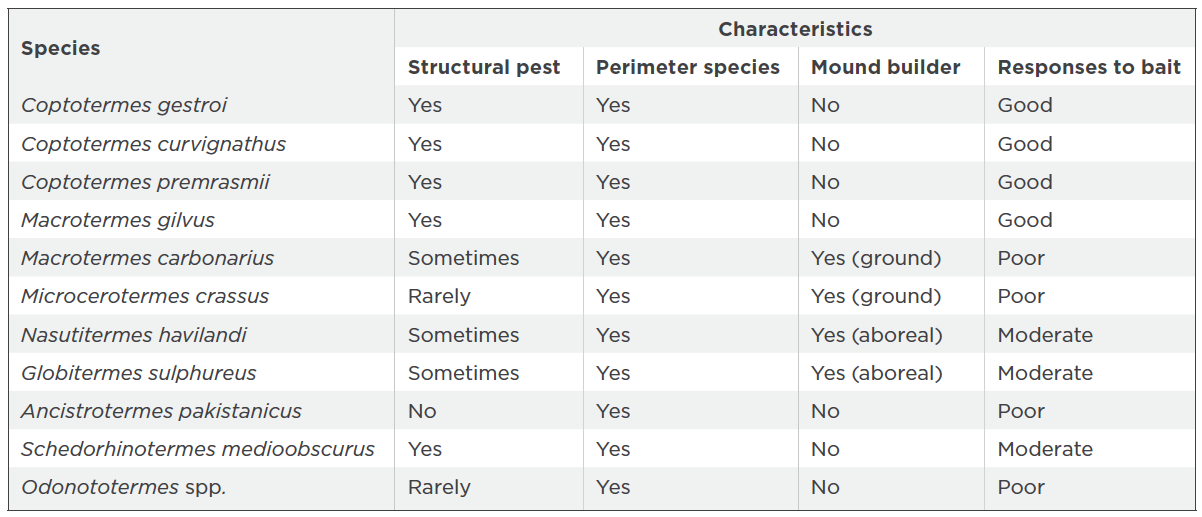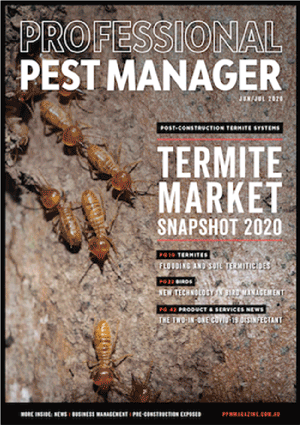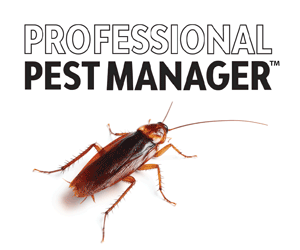Professor Chow-Yang Lee from the University of California, Riverside, outlines the impact of termite baiting in Southeast Asia.
Termite management in Southeast Asia has come a long way in the last 25 years. For decades, professional pest managers relied heavily on liquid soil termiticides to battle subterranean termites. But today, termite baiting has become a cornerstone strategy, and for good reason. From improved safety and reduced chemical use to better colony elimination, baiting has not only changed how subterranean termites are controlled, but it has also reshaped the pest control industry itself.
Southeast Asia is home to some of the highest termite diversity in the world. While many species play a vital role in the ecosystem, several species, especially those in the genus Coptotermes, are highly destructive. Termite damage exceeds a billion dollars annually across countries like Malaysia, Indonesia, Thailand, and the Philippines.
In the past, chlordane was the go-to termiticide. It was long-lasting and effective, but its environmental risks led to its ban by the early 2000s across much of the region. Pest managers were left looking for new tools to keep termites in check.
Introduction of termite baits
First introduced in the early 2000s, systems like Sentricon (hexaflumuron), Xterm (bistrifluron), and Exterra (chlorfluazuron) offered a revolutionary approach. Instead of forming a chemical barrier, baiting relies on termites feeding on a slow-acting toxicant that is shared within the colony. Baiting not only reduced the amount of active ingredient used but also offered the potential for complete colony elimination. And for homeowners, there was another major advantage – no drilling or disruption to their homes.
The introduction of termite baiting systems also transformed Southeast Asia’s pest management industry by allowing pest managers to charge more for their services, resulting in higher profits and rapid industry expansion. In fact, some pest management companies abandoned soil treatments to only provide termite baiting in their termite control portfolio.
In a recent 2023 termite baiting survey of pest managers across Southeast Asia, in which nearly 20,000 premises from 2005-2023 were analysed, more than 80% reported using above-ground (AG) baiting systems as their primary method of control. The remaining pest managers use in-ground (IG) baiting. This isn’t surprising; in urban cities packed with high-rises and terraced (linked) housing, access to soil for in-ground (IG) stations is limited. AG baiting allows technicians to place bait directly at termite activity sites – visible to homeowners and easy to monitor.
Even in situations where IG baiting is possible, the pest managers would still prefer to use AG baits. This is because of the low success rate of IG stations in intercepting Coptotermes gestroi, the most common structural termite pest in the region. While interception rates for IG systems targeting Coptotermes formosanus in Florida hover around 17%, C. gestroi rates in Southeast Asia are as low as 2.1%. Combined with interference from ants and other soil insects, IG baiting is simply less practical in many Southeast Asian settings.

Which baits perform best?
The performance of bait systems varies. In field data collected from 2005-2023, Xterm (1% bistrifluron) stood out for its fast colony elimination, often three times faster than Sentricon (0.5% hexaflumuron). The difference lies in both the toxicant and the bait matrix. Xterm uses a larger-pellet alpha-cellulose that termites find more attractive and easier to feed on due to its pellet format and large surface area. Sentricon has since upgraded to noviflumuron in the US, but the formulation in Southeast Asia still relies on hexaflumuron. Noviflumuron, based on lab and field tests, acts faster and is more persistent. Transitioning to newer formulations could further boost speed of termite colony elimination in the region.
Not all termites are the same
While baiting is highly effective against C. gestroi and Coptotermes curvignathus, the story is different for fungus-growing termites like Macrotermes gilvus. These species forage sporadically, rely on fungal combs, and have non-moulting workers – making chitin synthesis inhibitors less effective. Some earlier studies show mixed results. While medium-sized colonies of M. gilvus can be severely weakened after baiting, large colonies often persist. The fungus cultivated inside their mounds may even degrade the bait’s toxicant. Pest managers often resort to physical mound removal or liquid termiticides when baits fall short. There’s a growing need for baits tailored to these species, especially in areas where multiple termite species co-exist or infest a building in succession (Table 1).

Reinfestation
The survey data also showed that only about 9% of baited sites experienced reinfestation, usually due to new colonies moving in. AG-baited sites tended to stay termite-free longer than IG-only ones. The exact reason for this observation is unknown. Bait deployment strategies and the bait toxicant used may be part of the reason, but it is likely that multiple factors could affect reinfestation, including the presence of neighbouring colonies and the nature of the sites.

Reinfestation is also more common in large, complex buildings like schools or commercial properties where there are increased challenges compared to residential buildings. Due to their sheer size, there may be multiple colonies and different species attacking the building. The building construction tends to be more complicated, creating an increased number of voids, which may be challenging to access and treat. Indeed, site access itself can be challenging as a range of stakeholders often need to be consulted before carrying out a treatment.

Long-lasting baits
Sentricon Recruit HD, a high-durability (HD) in-ground bait, has been introduced in some Southeast Asian markets. These baits remain effective in the ground for over a year, even in tropical conditions. They reduce the need for frequent inspections and minimise disruption. However, adoption has been slow due to low termite interception rates, as experienced with other in-ground systems, and homeowner expectations for quick, visible results.
A potential strategy for success would be to use AG bait to eliminate the existing colony, then install HD bait as a long-term preventive tool. But this also requires a shift in consumer mindset, where fewer technician visits are not seen as poor service, but as proof that the solution is working.
Summary and conclusion
Termite baiting has redefined termite control in Southeast Asia, with baiting a highly effective termite elimination and colony control technique for the Coptotermes species, which are the most common termite species to infest structures. It’s safer and less intrusive. Still, challenges remain, from dealing with the performance of baits on non-Coptotermes species to improving the interception rate of IG systems. For pest management professionals, staying updated on bait performance, target species, and consumer behaviour is key. With continued research and adaptation, termite baiting will remain a vital tool in protecting Southeast Asia’s homes and buildings from one of its most persistent pests.
This article is adapted from the review article by Lee and Lee (2025), Termite baiting—how it changed the landscape of the pest management industry and termite research in Southeast Asia.


